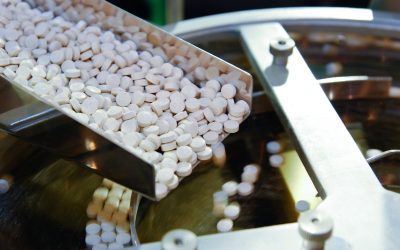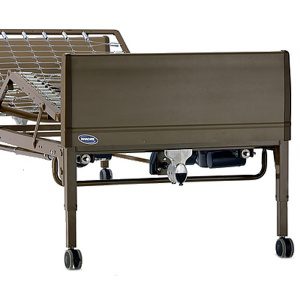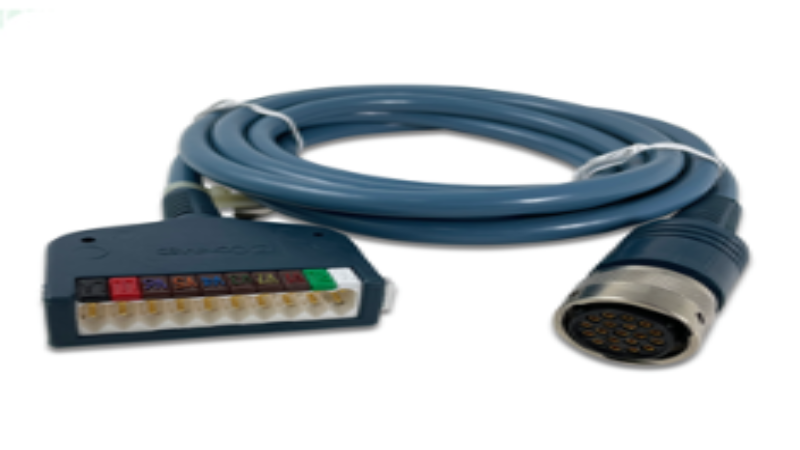Surgery safety is of the utmost importance to operating room doctors and nurses. Medical professionals do their best to maintain strict safety and sanitation protocols, but the intensity of the situation in the operating room can change on a dime.
Having a set of best practices for surgery safety that are laid out ahead of time and followed in moments of tension can make the difference between a successful operation and a dangerous situation. The following practices are a good guideline to ensure the safest operating procedures at all times.
-
Briefing: Briefing the operating team on individual and team roles can help lessen confusion of who is responsible for what and when it needs to get done to ensure the highest possible level of safety.
-
Sign-in: Double checking all forms and any issues that may arise with the patient regarding important factors like allergies and anticipated blood loss can help keep the surgery running smoothly once it begins.
-
Stop moment: Just before the surgery, it is a great idea to stop and take a moment to make sure everything is double-checked and ready to go for the safest surgery possible.
-
Sign-out: Before any of the medical staff leave the operating theatre, do a final detail check. Make sure all instruments and tools are accounted for, all specimens are labeled appropriately, and any post-operative management information is recorded correctly.
-
Debrief: Have a discussion with the team about any unexpected incidents that may have occurred and how the team can learn from those issues in future surgeries. This is also an important time to address the successful points of the surgery for team building and encouragement.
Sharp Fluidics understands the importance of surgery safety in operating rooms. Please visit our website at for more information about surgery best practices.


